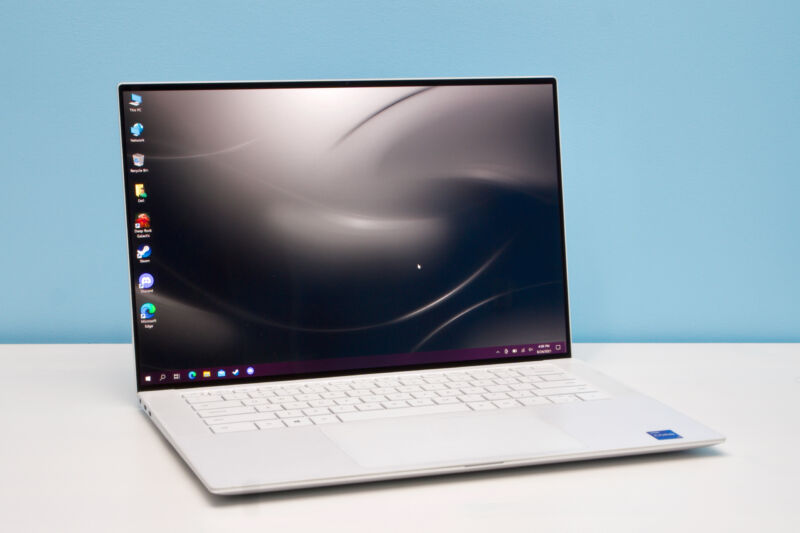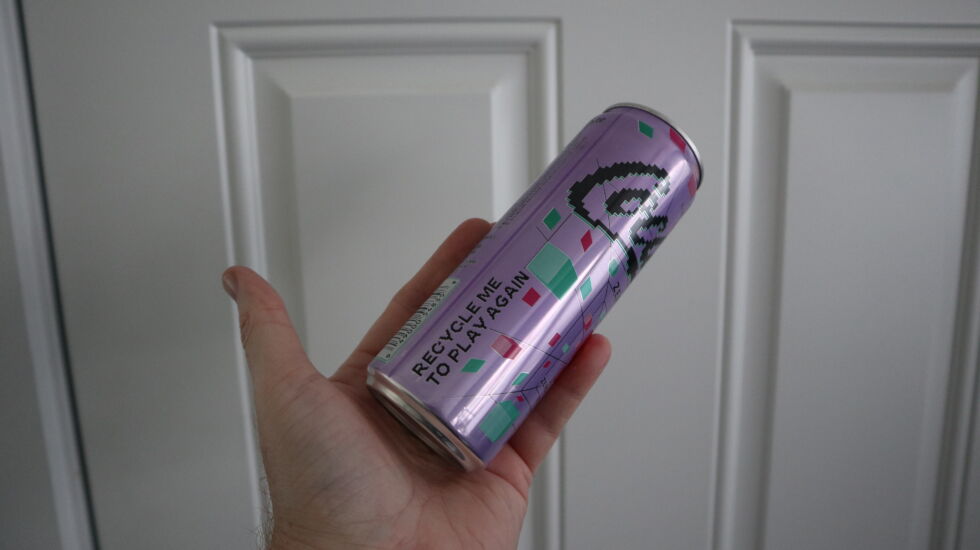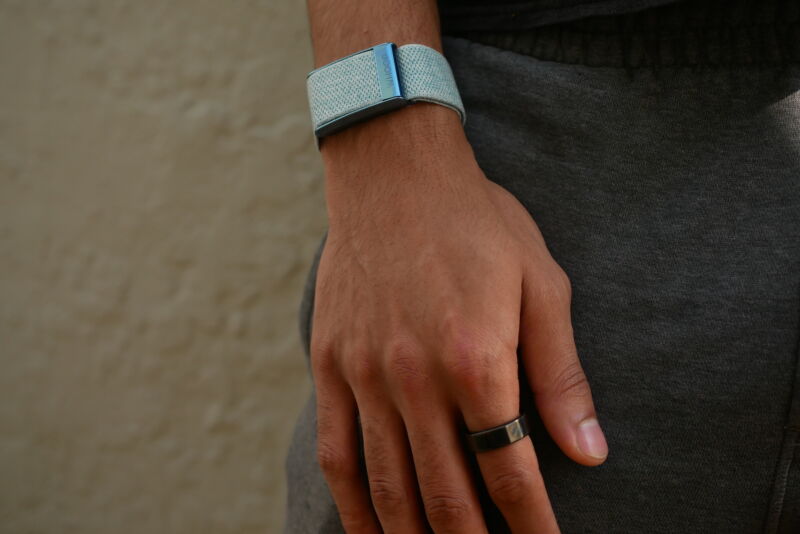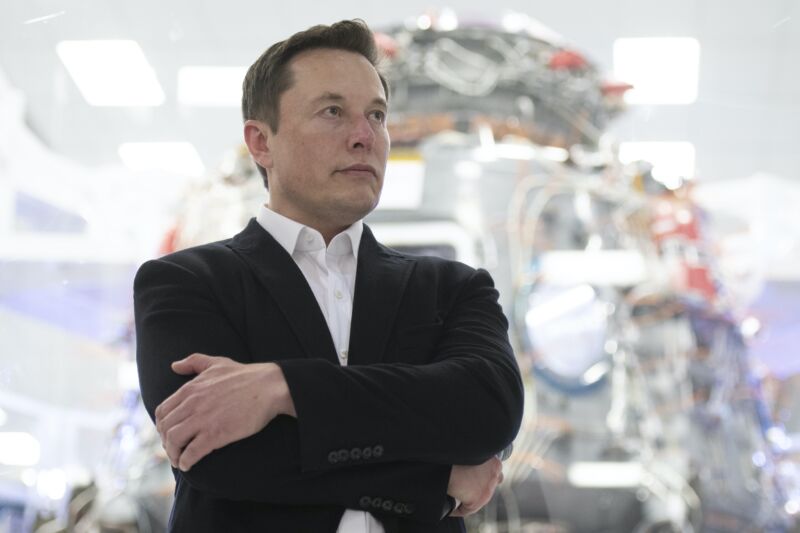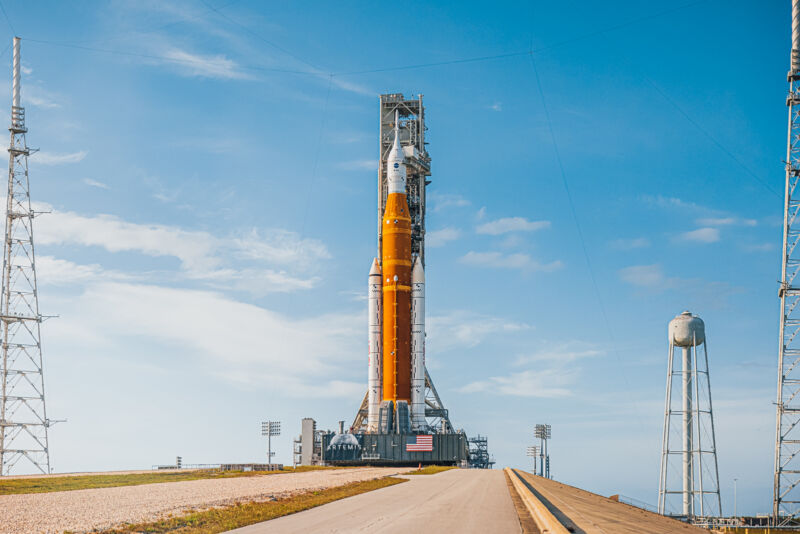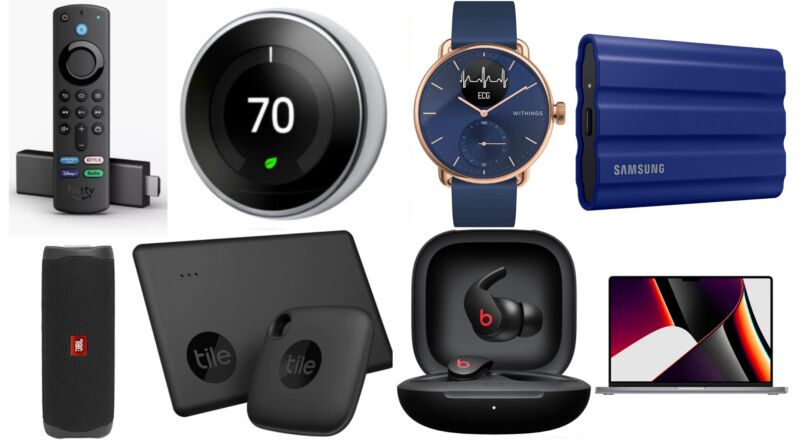
It's the weekend, and that means a fresh roundup of all the best tech deals around the web! This week we have the first price cuts on Beats' Fit true wireless ANC sports earphones and Withing's ECG-equipped hybrid smartwatch. Beats Fit earphones are essentially sport versions of Apple's AirPods Pro, carrying IPX4 water resistance. The noise cancellation isn't quite as adept as the AirPods (also on sale), but it cuts down on noise significantly, especially higher pitch sounds. Beats Studio earphones without water resistance are also at their all-time low.
Withings ScanWatch is a hybrid smartwatch that incorporates a small screen into a traditional watch face as though it were a watch complication. It's a sleek design that Withings has been using for some time, and this latest watch boasts FDA-cleared ECG and blood-oxygen measurements, with a battery that lasts up to 30 days. If you don't mind manually tracking some activities (it can automatically track walks, biking, running, swimming, and sleep), it's a cheaper, more basic alternative to the Apple Watch Series 7 for ECG readings, blood oxygen monitoring, and all-day heart rate tracking.
Elsewhere around the web, we have discounts on iPads, Amazon's 4K Fire TV Stick, and Samsung's fast and ruggedized T7 portable SSD. There are also solid discounts on Roombas, Google Nest thermostats, and Apple's (2021) 16-inch M1 MacBook Pro, among others. Check the full list of curated deals below.
